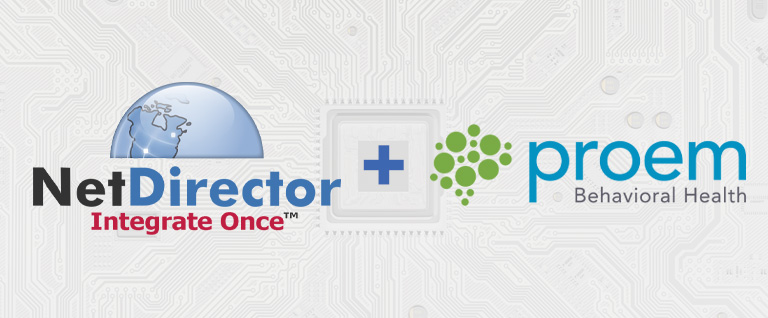The market for artificial intelligence (AI)-based medical image analysis software will grow exponentially over the next several years, from the current level of approximately $400 million to more than $2 billion in 2023, according to a recent report from Signify Research. Product development pace is at an all-time high, driven in part by the improved performance of AI algorithms and rapid advancements in computing, storage, and networking capabilities.
Nonetheless, the promising outlook hinges on algorithm developers identifying use-cases where “AI can be shown to improve clinical outcomes and deliver a clear return on investment for healthcare providers,” writes analyst Simon Harris, author of the report. “Moreover, the technology needs to be fully integrated in the existing user interfaces and workflows found in radiology departments, both working in the background to augment radiologists’ knowledge and efficiency, and [being] readily accessible when specific tools are needed.”
Areas to watch include breast and lung imaging for cancer detection, neurological imaging for stroke detection, and non-invasive imaging for the diagnosis of coronary artery disease, according to Signify. If things go as predicted, patients would benefit from personalized treatment made possible by higher accuracy in diagnostic imaging, and radiology departments would be better equipped to handle increasing workloads.
Practical Applications of AI
Many AI algorithms in development for radiology address detection of abnormal structures in diagnostic images and can be used in modalities ranging from CT scans to X-rays.
The technology automates the handling of data-intensive studies such as mammograms, which are transitioning from 2D to 3D imaging, notes Matt Dewey, CIO of Wake Radiology in the Raleigh-Durham, N.C., area. “We go from a study that used to be 64 megabytes for a normal, standard study to about 2 gigabytes, so it just takes the radiologist much more time to go through,” Dewey explains. “If we can find a way that a computer looks through it, it should make a difference [by highlighting] things for the radiologist.”
Additionally, AI could help by analyzing data from non-radiology sources such as lab test results and patient-specific files from electronic health record systems. AI’s role would be to extract key pieces of information for each case, says Dewey.
Elsewhere in real-world AI applications:
- Mayo Clinic is conducting molecular sequencing and analysis for 1,000 patient participants in immunotherapy studies for various cancer types. The results will help shape customized treatment options.
- Cleveland Clinic has integrated Microsoft’s Cortana AI digital assistant into a command center that monitors 100 beds in six ICUs on overnight shifts. The focus is on identifying patients at high risk for cardiac arrest.
- Massachusetts General Hospital has installed a “deep learning” supercomputer to tap a database of 10 billion images for applications in radiology and pathology.
- Johns Hopkins uses predictive analytics to support more efficient operational flow. Among the targets are faster ambulance dispatches, streamlined bed assignments in the emergency department and more patient discharges before noon each day.
- UCLA Medical Center is testing an AI-driven chatbot that communicates with referring clinicians and provides evidence-based answers to frequently asked questions.
Integration Will Fuel AI’s ‘Engine for Growth’
From a broad perspective across healthcare, AI applications constitute a “self-running engine for growth,” with the potential to create $150 billion in annual savings by 2026, according to consulting firm Accenture.
In pursuit of those projected gains, the technology challenge will be integrating health data across platforms and connecting various data sources.
NetDirector’s cloud-based HealthData Exchange already has a footprint in radiology and imaging centers, enabling them to reduce integration costs and facilitate improved workflows and communications with the extended provider community.
If your organization is investigating or underway with AI-based initiatives, consider how HealthData Exchange can ensure strong integration moving forward across multiple systems and provider networks.
To find out more about NetDirector’s HealthData Exchange platform, please contact us or request a free demo.




